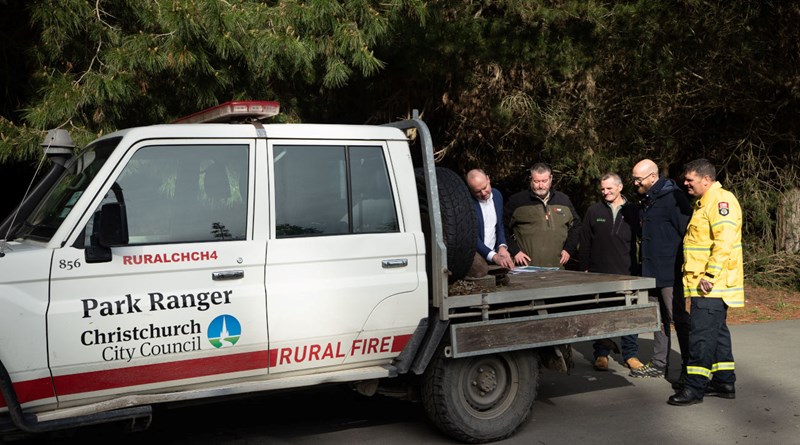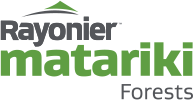
New fire detection system trialed
A collaboration between the Christchurch City Council, Spark, Fire and Emergency New Zealand and Rayonier Matariki Forests will see the trial of new fire detection technology in Waitākiri/Bottle Lake Forest, Canterbury.
Following the Port Hill fires in 2017 and continued arson attempts in Bottle Lake Forest which have greatly concerned the community, interventions were researched and a new Australian technology being used in Victorian forests may be the solution.
The high-speed sensor network, which includes cameras, collects and delivers vital data which will immediately notify key stakeholders if a fire is detected. Notifications can also be forwarded to residents.
Rayonier Matariki Forests operations manager, Mark Grover, says Bottle Lake Forest was the obvious place to trial the new environmental monitoring system given its history of suspicious fires.
“We need a solution that will give the community peace of mind. Our priority is keeping the thousands of recreational users and our trees safe.”
“An added bonus is that not only will the technology provide early warning of fires but it also has environmental sensors that indicate basic weather conditions including pollen count and rainfall so it will help people to make decisions about when they use the forest,” adds Mark.
Smart Christchurch Manager, Michael Healy says the trial could take up to two years. “We will start small to validate the solution works and its efficacy, as well as assess the value it adds to our key stakeholders. Then if successful, we will look to upscale widespread distribution.
“The reality is, with climate change we’re facing more of this and the problem is going to get bigger but the technology will play a major part in alerting the right people to take action,” says Michael.
Fire and Emergency and Police will have access to the data and be able to respond immediately.
“Fire and Emergency New Zealand is interested to learn how technology like this can help reduce the incidents and consequences of fire in our community,” says Senior Advisor Community Readiness and Recovery, Wayne Hamilton. “Early detection and intelligence helps us mobilise our response resources as quickly as possible. It also provides time for communities to implement their emergency plan,” Hamilton says.
The Port Hills will be part of the second phase of installation of sensor equipment and other Councils including Selwyn and Queenstown Lakes are also looking to carry out trials as they see the potential in reducing fires and harm.
“We’re wanting to talk to other Councils to deploy this technology further afield. A joined up network across the country would be the ultimate goal,” says Michael.
If the trial is successful Rayonier Matariki Forests will also look to use the technology in some of its other high recreational use forests located close to larger towns or cities such as Hanmer Forest, Woodhill Forest and Tairua Forest.
